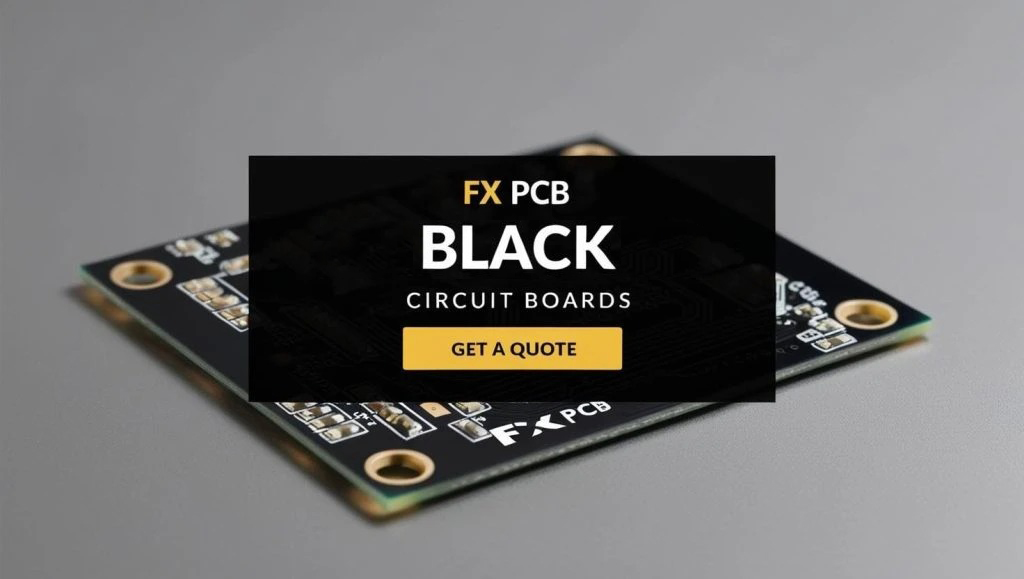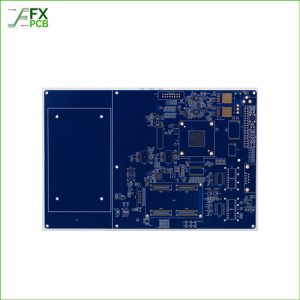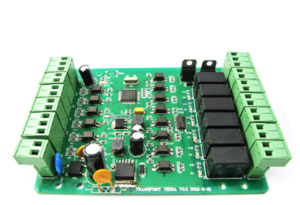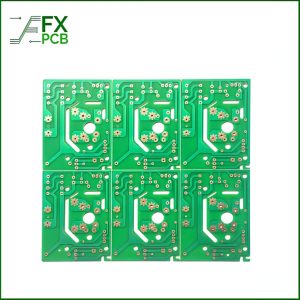Is Black PCB Better?-Black PCB Manufactures
If you’ve ever opened up a high-end gaming PC or premium smartphone, you’ve probably noticed something different about the circuit boards inside. Unlike the standard green PCBs we’re all familiar with, these boards feature a sleek black finish that immediately conveys quality. But is there more to black PCBs than just good looks? Let me walk you through everything I’ve learned after specifying these boards for dozens of projects.

Black PCB:Everything You Need To Know
At their core, black PCBs function exactly like their green counterparts. The key difference lies in the solder mask – that protective coating covering the copper traces. Some are using the black FR4 core to produce the PCB instead of using the standard yellow core material.
Here’s what many designers don’t realize: that black PCB isn’t just for show. I’ve found that in fields requiring precise light control, such as optical instruments, cameras, and high-end imaging devices. The black PCB solutions in these specialized applications are much better because their light-blocking capabilities are more effective and improve performance.
Why Use Black PCB for Electronic Devices?
Through countless design reviews and product tear-downs, I’ve identified four compelling reasons to specify black:
- Perceived Value – There’s no denying the psychological impact. When consumers see that black PCB inside a device, they instinctively associate it with higher quality. I’ve seen this firsthand in focus group testing.
- Reduced Visual Noise – For complex, high-density boards, the black background provides better contrast against silkscreen markings. This has saved my team countless hours during prototype debugging sessions.
- Light Management – In one particularly challenging LED array project, switching to black PCBs reduced stray light reflections by nearly 40% compared to green.
- Brand Differentiation – When every competitor’s product has green boards inside, black becomes an instant differentiator. I’ve had clients specifically request black PCBs for this reason alone.
Does The Color Of a Circuit Board Matter?
Now, let’s talk about the less glamorous side – the challenges I’ve encountered:
Inspection Headaches
Last quarter, one of my clients insisted on black PCBs for a medical device. What should have been a routine production run turned into a nightmare when their AOI systems couldn’t properly image the boards. We ultimately had to invest in specialized infrared cameras to get reliable results.
Thermal Considerations
During a thermal validation test last year, we measured black PCBs running 6-8°C hotter than identical green boards under the same load. This forced us to redesign the thermal management system for what was supposed to be a simple board revision.
Cost Realities
While the per-board premium might only be 10-15%, the hidden costs add up. Longer inspection times, higher rework rates, and additional testing requirements can easily double the effective cost difference.
Black PCB VS Green PCB
Here’s the decision framework I’ve developed after years of specifying PCBs:
Choose Black When:
- Your BOM cost allows for the premium
- The PCB will be visible to end users
- You’re designing light-sensitive applications
- Brand perception is critical
Stick With Green For:
- Cost-sensitive projects
- High-volume production
- Designs with tight thermal constraints
- Quick-turn prototypes
Working With Manufacturers
After vetting dozens of suppliers, here are my hard-earned tips:
- Ask About Their Black PCB Experience – Many shops simply swap colors without adjusting their processes. Look for manufacturers who can explain how they’ve adapted their inspection and soldering processes.
- Request Samples – Color consistency varies wildly. I once received a batch that looked more charcoal gray than black.
FX PCB is a professonal PCB supplier for black soldermask PCB or black core Fr4 PCB, and contact us today to get a quote
Final Recommendation
If you’re designing a showcase product where aesthetics matter, black PCBs can be worth the premium. But for most practical applications, green remains the more sensible choice. My advice? Always run a small test batch first to identify any process adjustments needed before committing to full production.
What’s been your experience with black PCBs? I’m particularly curious to hear from others who’ve dealt with the inspection challenges – maybe you’ve found solutions my team hasn’t tried yet.



